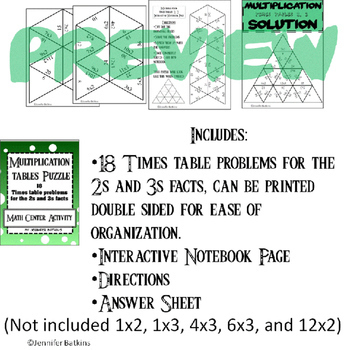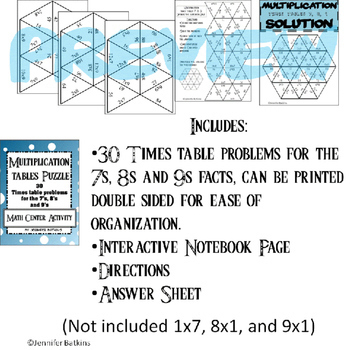Multiplication Math Fluency Puzzle Bundle Math Center Activity Distance Learning
- Zip
What educators are saying
Products in this Bundle (5)
Description
This math center bundle contains 132 multiplication facts problems in 5 different self checking games. Students could use these activities during guided math or you could use them as an activity for quick finishers. Google Slides versions of the games are also included for digital learning.
• Use the interactive notebook pages as a formative assessment, the pieces are pre-mixed up so students can cut them out and not have the answers.
• The activities can be printed double sided with the problem on one side and the skill name on the other for ease of organizing and sorting.
• I suggest printing on colored paper and laminating the puzzle pieces for durability. Pieces are pre-mixed up so students can cut them out for you!
Related Products
⭐ Division Facts Reward Tags and Editable Award Certificates
⭐ Math Reference Sheets sized for Target Square Adhesive Pocket labels
⭐ Multiples Posters for Multiplication Facts 1 - 12
⭐ Reward Tags and Editable Award Certificates for Multiplication Facts 0-15
How to get TPT credit for future purchases:
1. Go to your "My Purchases" page (you may need to login).
2. Click on the "Provide Feedback" button next to your purchase.
3. You will be taken to a page where you can give a quick star rating and leave a short comment for the product your purchased. (You get one TpT Credit for every $ you spend on TpT. Only if you leave feedback though! They even round up, so a $4.65 purchase is worth 5 TpT credits!)





